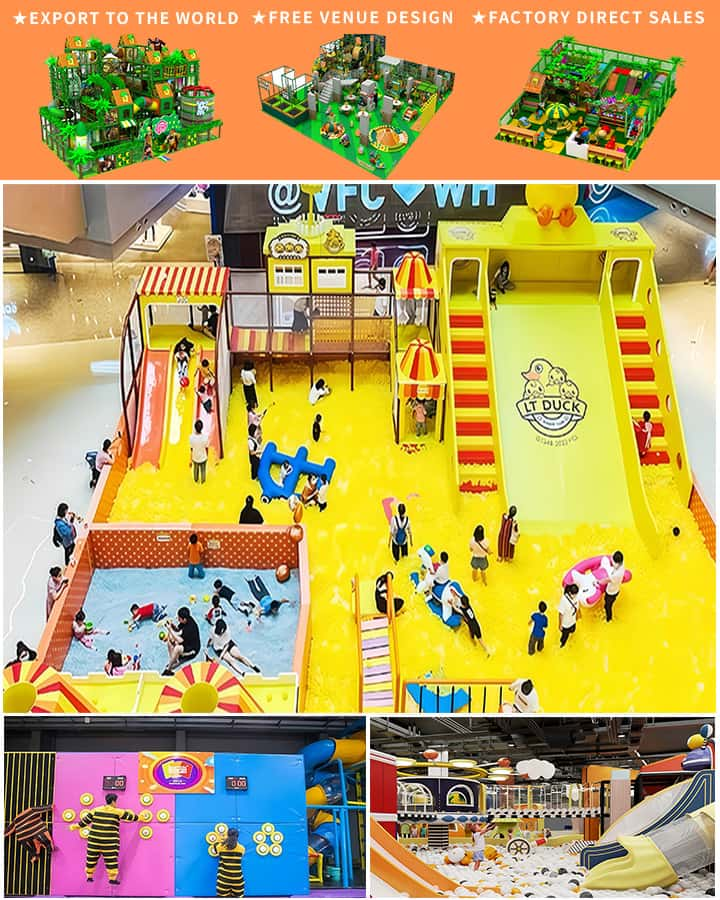Designing an engaging indoor play area for older kids can be a fun and fulfilling project. As children grow, their interests and physical needs change. An indoor play area should cater to these evolving needs while fostering creativity, learning, and physical activity. Here are some essential tips and ideas for creating the ultimate indoor play space for older kids.
Choose the Right Location
The first step in creating an indoor play area is choosing the right location. A basement, attic, or even a large living room can serve as great locations. Ensure the space is safe, has good ventilation, and is easily accessible. If possible, select a spot with plenty of natural light to create a more inviting atmosphere.
Incorporate Multi-Functional Furniture
Maximize space by incorporating multi-functional furniture that doubles as storage or play surfaces. Consider items like foldable tables, storage benches, and ottomans with hidden compartments. This approach helps keep the area organized and clutter-free.
Set Up Educational Corners
 Older kids benefit from spaces that encourage learning and creativity. Designate specific corners for educational activities such as reading nooks, science experiments, or art stations. Include bookshelves stocked with age-appropriate books, puzzles, and building blocks to stimulate their minds.
Older kids benefit from spaces that encourage learning and creativity. Designate specific corners for educational activities such as reading nooks, science experiments, or art stations. Include bookshelves stocked with age-appropriate books, puzzles, and building blocks to stimulate their minds.
Physical Activity Zones
Physical activity is crucial for older kids. Create zones dedicated to different types of physical play, such as a mini basketball hoop, a climbing wall, or yoga mats. These areas encourage kids to stay active and develop coordination and strength.
Technology Integration
In today’s digital age, it’s important to integrate technology into play areas thoughtfully. Set up a designated tech corner where kids can access computers, tablets, or gaming consoles for educational games, coding projects, or creative pursuits. Ensure this area has ergonomic seating and proper lighting to reduce eye strain.
Safe and Durable Materials
Safety is paramount when designing an indoor play area for older kids. Use durable, non-toxic materials for all furniture and equipment. Ensure that heavy items are securely anchored to the walls to prevent tipping, and cover any sharp edges. Use washable rugs and floor mats to soften falls and make cleaning easier.
Personalized Decor
Make the space uniquely their own by involving the kids in the design process. Let them choose colors, themes, and decorations that reflect their interests. Personalized decor not only makes the space more inviting but also encourages a sense of ownership and responsibility.
Quiet and Relaxation Zones
Alongside high-energy play areas, provide quiet zones where kids can relax and unwind. Comfortable bean bags, hammocks, or cozy loungers work well. These spaces are perfect for reading, meditation, or just taking a break from active play.
Safety Considerations
Lastly, ensure the entire play area is safe. Install childproof locks on cabinets containing hazardous materials, use non-slip mats on floors, and keep emergency supplies like first aid kits readily accessible. Regularly check the space for any potential hazards and make necessary adjustments.
By incorporating these elements, you can create an indoor play area that meets the diverse needs of older kids while promoting fun, learning, and healthy development. Whether it’s a place to read, build, or simply relax, a well-designed play area provides endless opportunities for growth and enjoyment.




